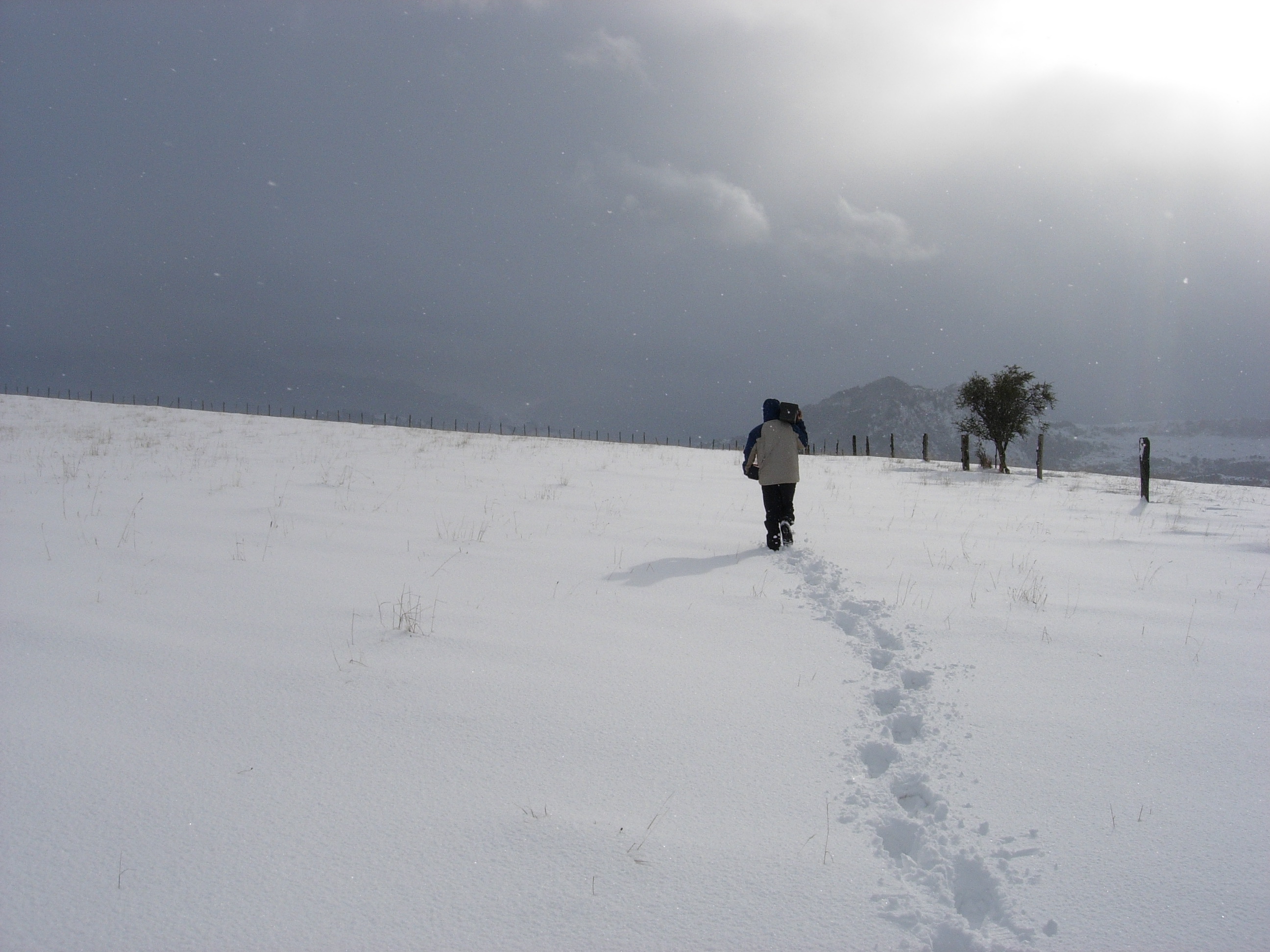 Unusual movements beneath the Earth’s surface in Chile raise questions about a future earthquake
Unusual movements beneath the Earth’s surface in Chile raise questions about a future earthquake
By Cindy Spence
In 1960, the largest earthquake ever recorded hit southern Chile. The 9.5 magnitude quake sent a tsunami across the Pacific Ocean, swamping Hawaii, coastal northern California, and Japan. More than 1,700 people died and about 2 million were left homeless.
With some luck on timing and a blanket of instruments, a University of Florida geophysicist and his colleagues have detected some unusual seismic and geodetic changes in a long-term study in the rupture zone of the 1960 quake, which occurred along a fault that extends 1,100 kilometers along Chile’s coast.
“The fault that ruptured in 1960 has recently undergone a rapid and completely unexpected increase in locking,” says Ray Russo, an associate professor of geophysics who researches tectonics and the Earth’s mantle.
That’s not enough to make a prediction of another earthquake, says Russo, because even the latest geophysical technology doesn’t allow for a true forecast. But the combination of two types of data the team has gathered since 2005 has sparked concern, and Russo notes that once an earthquake occurs in a region, it’s inevitable that another will occur.
“The conditions we detected have some serious implications for how long we have until the next big quake in this area,” says Russo, who reported the findings in Earth and Planetary Science Letters.
To read more about this please follow the following link